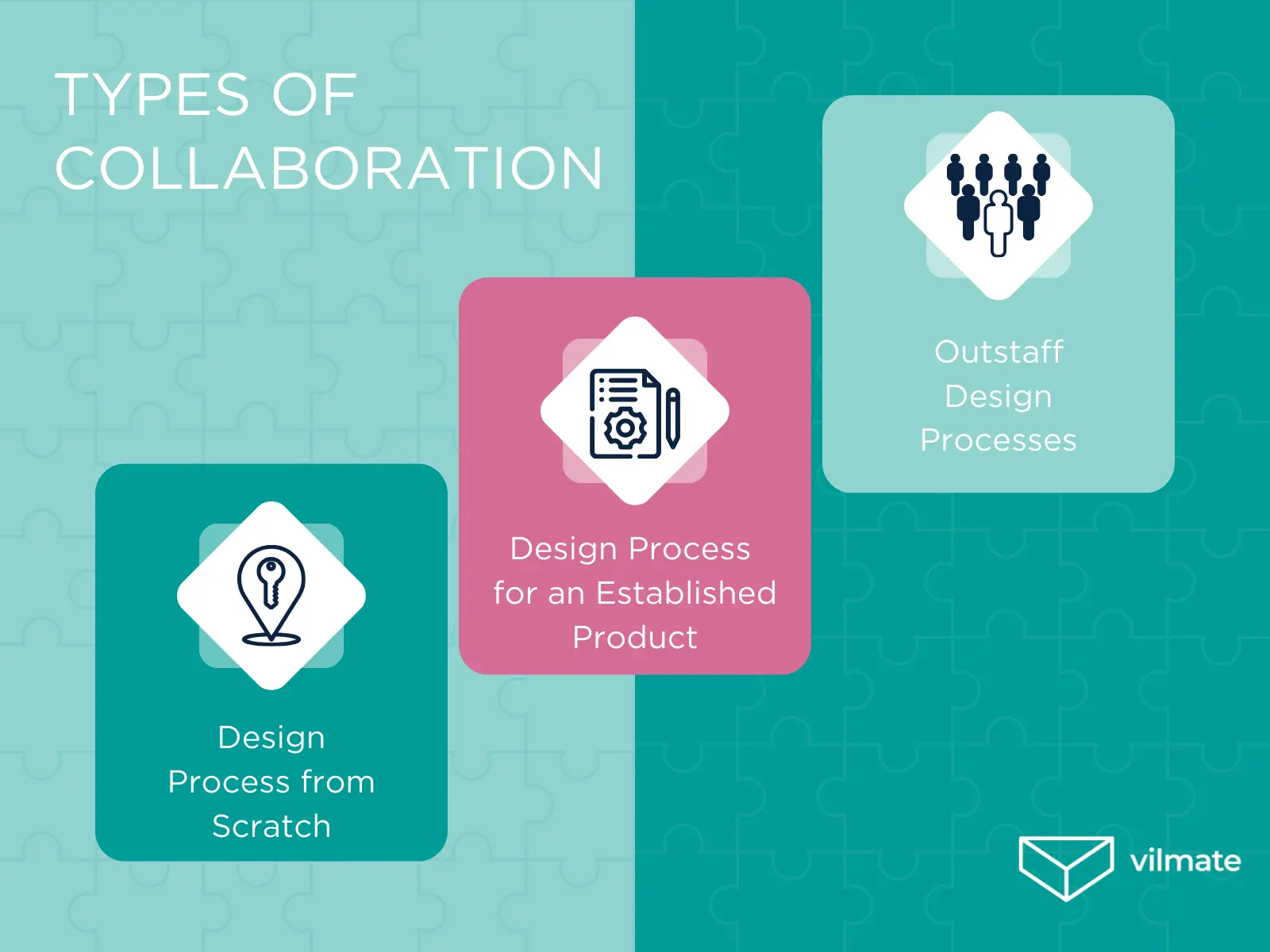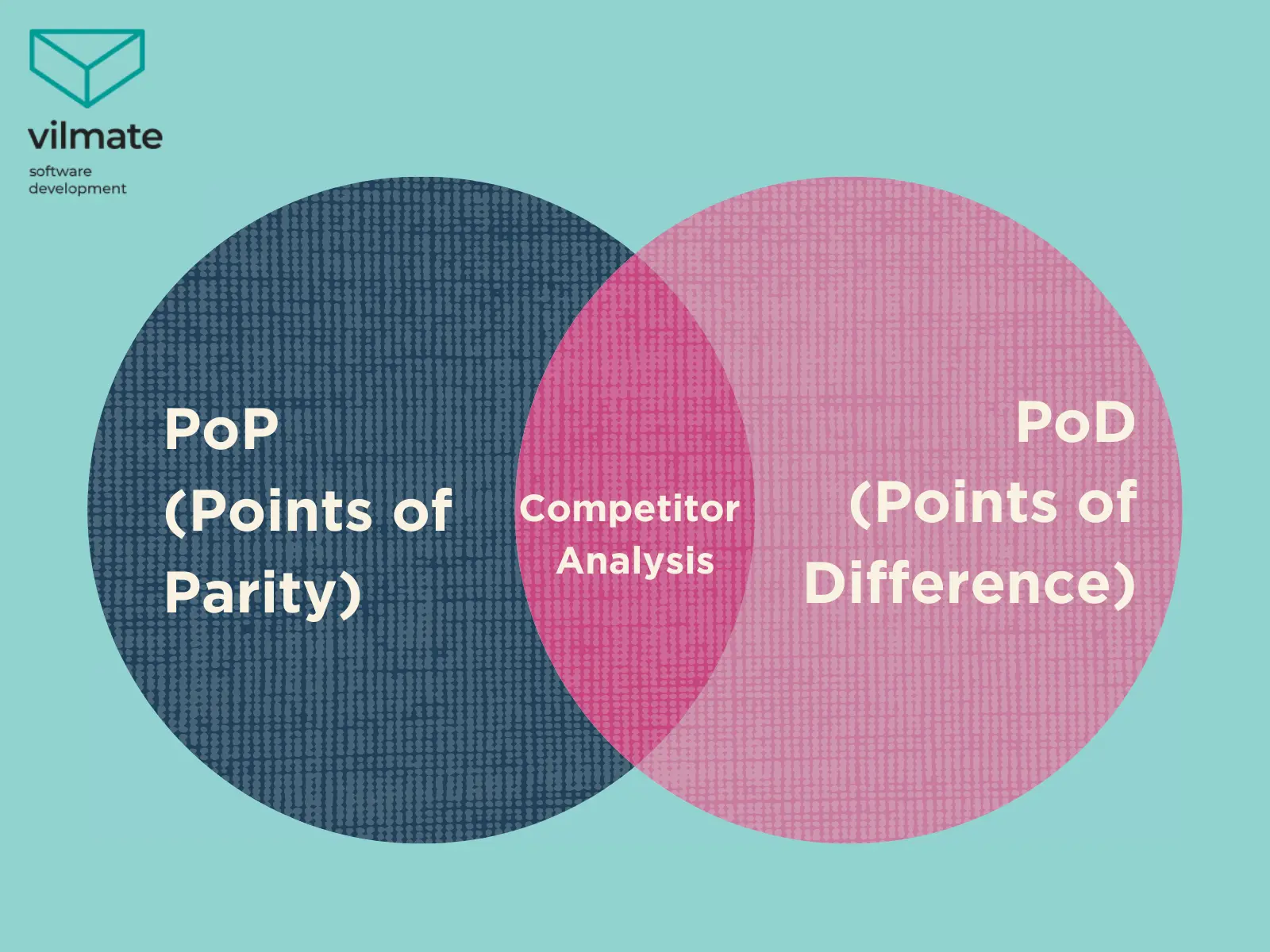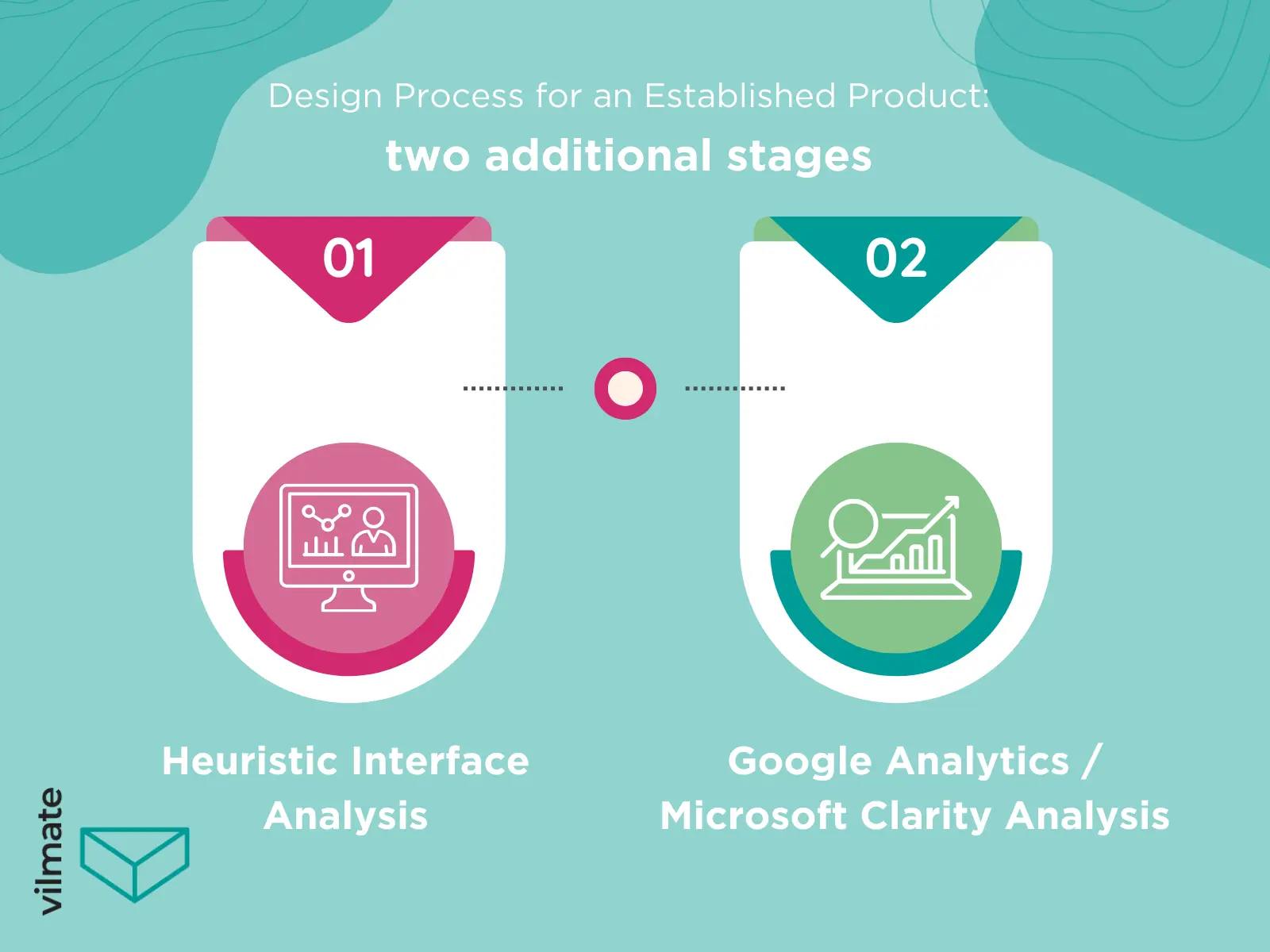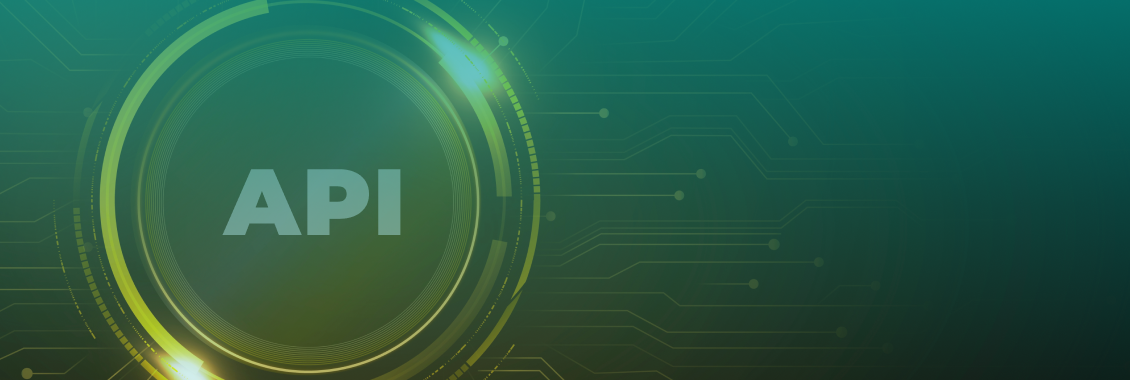You may already know how crucial the appearance of websites, mobile, and web apps is to users. In the digital world, visually appealing products naturally attract more attention and achieve greater success. Good design should solve user problems, be intuitive and user-friendly, and align with both business goals and the preferences of the target audience.
Users often don’t think about the processes behind creating their favorite sites or apps. However, if you’re looking to develop a successful product, it’s essential to understand the steps designers take to make it happen.
Today, you’ll learn how the Vilmate design team approaches projects and what it takes to create a commercially successful product.
Design Processes: Step by Step
How do Vilmate specialists start the design process? First, it’s essential to understand the type of collaboration the client chooses. We categorize them into three types:- Outstaffing: In this approach, you get a designer who joins your existing project and integrates into your team. This is ideal if you have completed all the necessary documentation, analysis, and research.
- Design Process for an Established Product: This scenario assumes that the website or application already exists but requires enhancement. Designers join the project to perform a comprehensive analysis, including evaluating the client’s interactions with the existing product.
- Turnkey Solution: This option is for starting a project from scratch with Vilmate designers. You share your ideas, and the designers will handle the surveys, gather the necessary analytics, and start the project.

The type of collaboration will significantly impact the design stages, so let’s explore each option separately.
Design Process from Scratch
A design team prepares for a thorough, lengthy process involving extensive analysis. Understanding how the product will be used is crucial for creating the ideal UI/UX design. Let’s go through the design process step by step.
1. Kick-Off
The designers should meet with the client to review the project details. The team needs to learn:
- Main goal of the product
- Target audience, including average and ideal users
- Problems the product should solve
- Geographical location of the target audience
- Key competitors and how the product can stand out
- Essential elements and references from other websites/apps
- Whether there is an existing corporate style or brand book
- Client’s vision of a successful product
- Plans for scaling and future features
- Marketing plan and monetization strategy
During this meeting, the designer or design project manager will ask questions to gather all the necessary information.
2. Desk Research
This stage involves a brief study of the industry relevant to the product. The analysis helps the team ask more detailed questions about functional requirements, goals, and budget preferences.
3. Brief
The project manager or designer discusses the desk research results with the client and asks specific questions to guide the design process.
4. High-Level Information Architecture / Estimate
Once the team and the client agree on the approach to the design, they outline the system’s architecture. The architecture is a scheme that maps out all the project’s screens, their interconnections, and the navigation flow between them. The information architecture will influence the preliminary project estimate.
5. Competitor Analysis (PoP/PoD)
Competitor analysis is useful for both new startups and established products.
PoP (Points of Parity) analysis looks at common features or attributes typical for all products in a category. PoD (Points of Difference) analysis focuses on the unique features or attributes that will set the new product apart from its competitors.

This stage also involves analyzing competitor reviews on forums, websites, app stores, and other sources. Analyzing competitors allows us to identify their shortcomings and draw inspiration from their innovative ideas, which helps us create a competitive design for our project.
6. Surveys and In-Depth Interviews
We need to conduct a survey to ensure that the project will resonate with future users. If the product is already on the market, we can gather user feedback. For a totally new product, we can research the intended target audience. For instance, when designing a healthcare app, it is crucial to consult with doctors to understand their specific needs and preferences.
If the target audience includes different groups, it is important to develop user stories and user personas to address various usage scenarios.
7. Customer Journey Map (CJM) and User Flows
CJM (customer journey map) is a visual tool that shows a customer’s path when interacting with a company’s product or service. It helps companies understand how customers experience their brand and identify pain points, needs, and expectations at each stage.
A customer journey map typically includes:
- Stages: Key steps the customer takes, from recognizing a problem to buying and using the product.
- Touchpoints: The points where the customer interacts with the brand through different channels (e.g., website, social media, physical stores).
- Customer Actions: The actions the customer takes at each stage.
- Emotions & Motivation: What the customer feels and thinks at each stage and what motivates them to continue interacting.
- Pain Points: The customer's problems or difficulties during their interaction with the product or service.
- Opportunities: The areas where the company can improve the process to meet customer needs better and increase satisfaction.
CJM helps businesses better understand their target audience by identifying pain points and various user needs. Designers act as the bridge between the business and the customer, using CJM to analyze and create more effective products.
8. Prototyping
Before advancing with the full design implementation, it’s crucial to secure client approval. Wireframes and prototypes, which serve as foundational elements of the design, are vital for swiftly aligning on functionality and ensuring that the design meets the client’s expectations.
Depending on the project’s budget, the prototype can range from a simple wireframe to a low-fidelity or high-fidelity prototype.
After the prototype is approved by the client, it undergoes testing with users from a focus group.
9. UI Design
With the technical aspects of the design prepared, it’s time for the creative work. This stage involves designing the look of the website or app, including selecting colors and fonts, arranging elements effectively, and ensuring a unified visual style. The finished design is also tested with users.
These steps in the design process help Vilmate specialists create products that match client preferences and meet user needs. Now, let’s explore another collaboration option.
Design Process for an Established Product
Sometimes the Vilmate team steps in when a product is already developed but requires further enhancements or adjustments.
If your product already exists, the design team must conduct in-depth research to get the perfect result. Then, working on a project will involve two stages, in addition to those typically used when creating a product from scratch.

- Heuristic Interface Analysis. The Vilmate team performs a heuristic analysis of the interface based on Jakob Nielsen’s 10 usability heuristics. This analysis ensures that users will understand how to use the product and easily navigate the interface.
- Google Analytics / Microsoft Clarity Analysis. We need to analyze users’ interaction with the current system’s design: which elements they click on more frequently, and which are ignored. The team gets these insights through Google Analytics / Microsoft Clarity analysis.
Once all the necessary data is gathered, the team can move on to the next stages.
Outstaff Design Processes
The outstaff model means that a Vilmate designer joins an existing project and integrates into the client’s team. The designer may come on board at different stages, including when most processes are already in place. As a result, the designer might only need to handle certain stages of the design process or adapt to a completely new workflow.
Which Type of Design Process Should You Choose?
We recommend assigning the entire design process to a single, outsourced team. This approach can be considered truly ideal because the team will be fully responsible for their work, and you will receive the expected results.
However, if you have a team of analysts and sociologists, you can assign the designers to handle only the design aspects. The team will create a user-friendly and visually appealing product that meets your requirements.
The Vilmate team is ready for any type of collaboration and can handle any challenges. We execute all the described design processes with ease and professionalism. We look forward to bringing to life what is currently just a concept in your mind!




